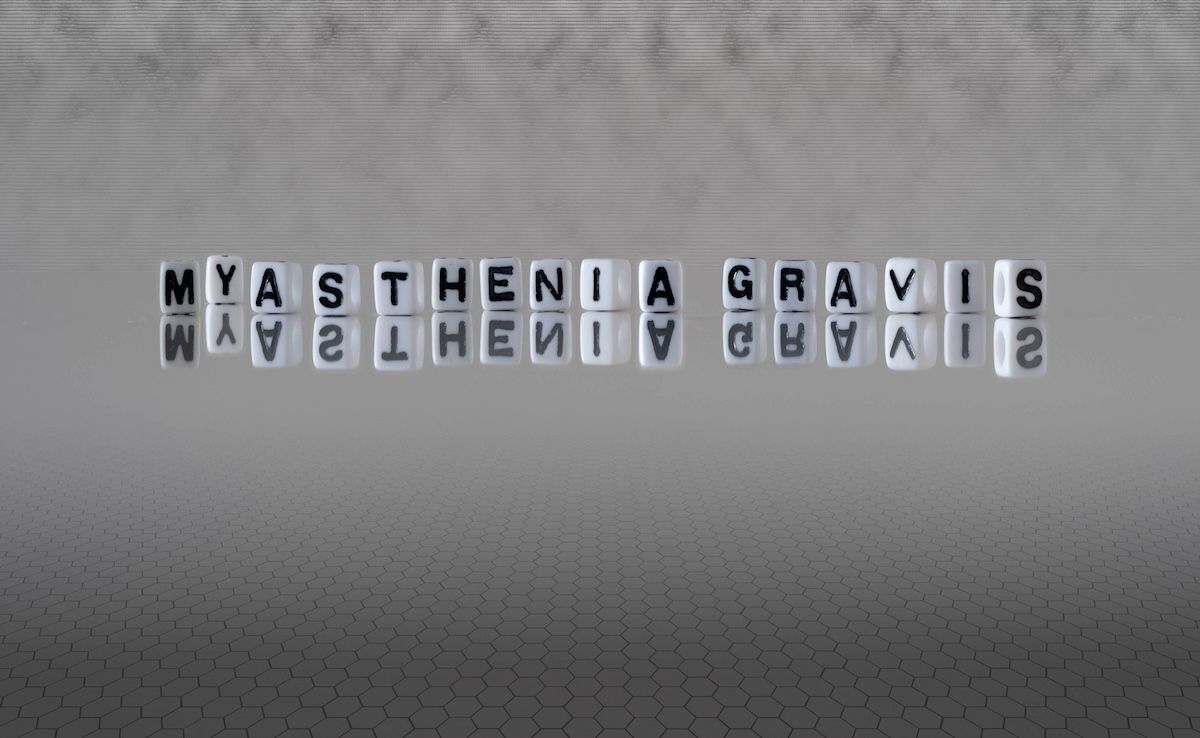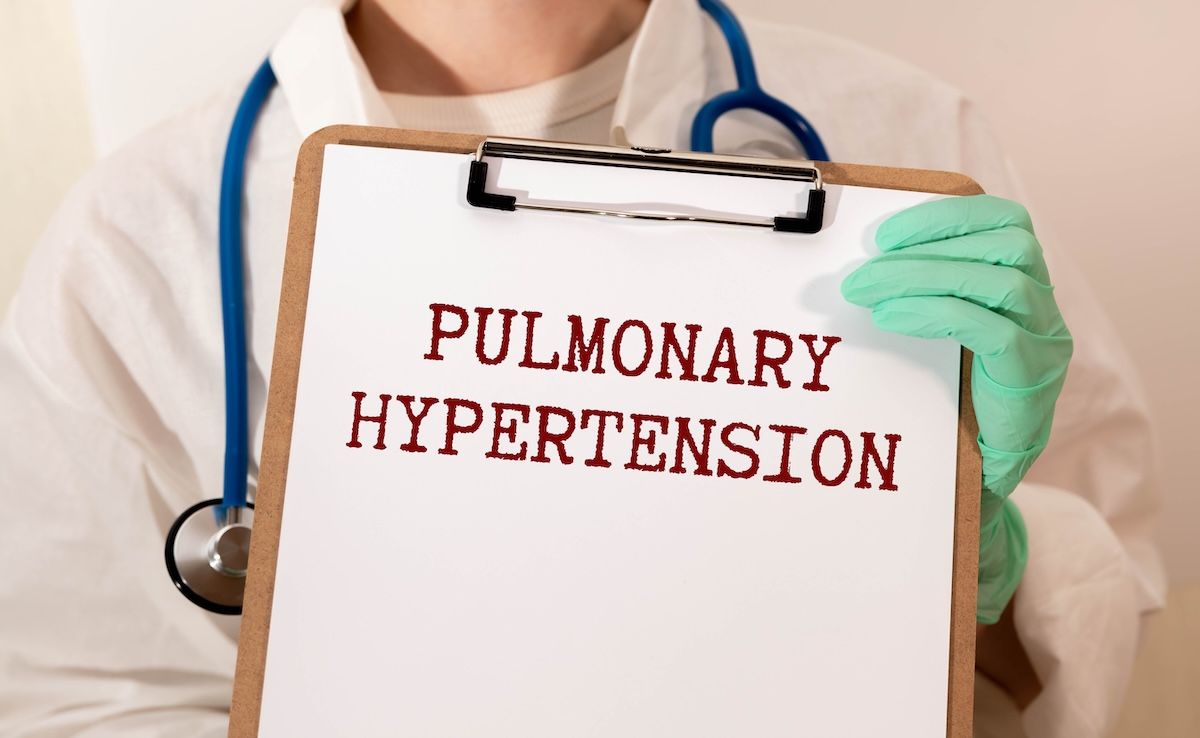Opinion
Video
Navigating the Patient Journey Through Heart Failure Diagnosis
Medical experts discuss strategies to connect with patients to alleviate concerns potentially associated with converting heart failure therapies.
- Chapters
- descriptions off, selected
- captions settings, opens captions settings dialog
- captions off, selected
This is a modal window.
Beginning of dialog window. Escape will cancel and close the window.
End of dialog window.
This is a modal window. This modal can be closed by pressing the Escape key or activating the close button.
EP: 1.Identifying Key Risk Factors for Heart Failure
EP: 2.Socioeconomic Factors Impacting Development of Cardiac Disease
EP: 3.Distinguishing Between Heart Failure Classifications
EP: 4.Staging Heart Failure and the Importance of Early Diagnosis
EP: 5.The Role of the Primary Care Physician in Heart Failure Management
EP: 6.Four Pillars of Heart Failure Therapy
EP: 7.Selecting Optimal First-line Therapy for Patients Diagnosed with Heart Failure
EP: 8.Key Takeaways From Heart Failure Clinical Trials
EP: 9.Navigating the Patient Journey Through Heart Failure Diagnosis
EP: 10.Strategies for Treating Preserved Ejection Fraction (HFpEF)
EP: 11.Treatment Optimization Challenges Associated With Heart Failure
EP: 12.Financial Barriers Impeding Optimal Heart Failure Treatment
EP: 13.Trajectory of Heart Failure Treatment Strategies
EP: 14.Key Takeaways from Experts in Heart Failure Management
This is a video synopsis/summary of a panel discussion involving Robert Groves, MD; Eugene E. Wright Jr, MD; Nancy Albert, PhD; Nihar Desai, MD, MPH; and Kelly Marie Axsom, MD. The panel discusses strategies for converting stable heart failure patients from angiotensin-converting enzyme (ACE) inhibitors to angiotensin receptor-neprilysin inhibitor (ARNI) therapy. Albert emphasizes shared decision-making, explaining the benefits of switching, trying the new therapy, and reassessing how the patient feels. Once aware of improvements, patients are motivated to continue. Albert notes explaining therapeutic mechanisms helps, as ARNIs can actually reduce heart size versus just preventing enlargement with ACE inhibitors. Another of the 4 pillars of heart failure (HF) therapy, sodium-glucose cotransporter-2 (SGLT2) inhibitors, emerged unexpectedly from diabetes trials, reducing cardiovascular deaths across ejection fraction ranges. The ability to use SGLT2 inhibitors across HF spectrums makes adoption easier. For primary prevention, high-risk diabetes patients should receive SGLT2 inhibitors. In summary, SGLT2 inhibitors have rapidly become a core HF therapy thanks to unexpected cardiovascular benefits seen in diabetes trials. Their broad applicability creates substantial opportunities to improve outcomes across HF populations.
Video synopsis is AI-generated and reviewed by AJMC editorial staff.










How Pharmacy Deserts, Biosimilars, and Market Trends Are Shaping Managed Care
Robert F. Kennedy Jr Faces Senate Inquiry Over Deep Cuts to HHS Impacting FDA, CDC, NIH, CMS
Using AI-Driven Strategies to Optimize Specialty Drug Costs, Manage Polypharmacy
Areas of Unmet Need Continue to Burden Patients With gMG
2 Commerce Drive
Suite 100
Cranbury, NJ 08512
© 2025 MJH Life Sciences® and AJMC®.
All rights reserved.





